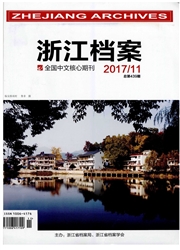

 中文摘要:
中文摘要:
明代贵州的民户构成较为复杂,一般包括明初的民屯、商屯,“熟苗”及后来从他省迁来的商人和流民。清水江流域的民户人口,在明代的中前期,史料记载较少;记载较集中于嘉靖和万历时期。但记载的人口数据变化很大,不合常理,需结合当时的政策、统计方法、社会现实、地理环境等进行具体分析。万历末期,随着贵州各地的“苗乱”,清水江流域的民户人口锐减。
 英文摘要:
英文摘要:
The social structure of the local people in the Ming Dynasty in Guizhou was complex, including villages for ordinary residents and community for traders in the early Ming Dynasty, the " shumiao people" and the traders and refugees who came over later from other places. The population of the local people in Qingshuijiang Region was scarcely recorded in the official documents in the mid - and late Ming Dynasty. However, more records can be found made during the Jiajing and Wanli regime. As the gap between the recorded popula- tions is great, the statistic data seem unreliable. Therefore, analyses should be made according to the policies, calculating methods, social realities, and geographical conditions at that time. During the late period of the Wan- gli regime, the population of the local people in that area dropped down sharply, due to the result of the " Miao rebellion" in different parts of Guizhou.
 同期刊论文项目
同期刊论文项目
 同项目期刊论文
同项目期刊论文
 期刊信息
期刊信息
